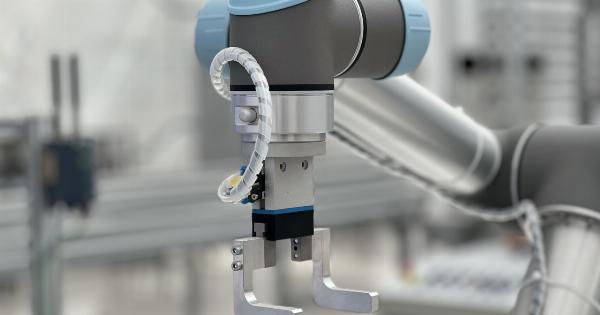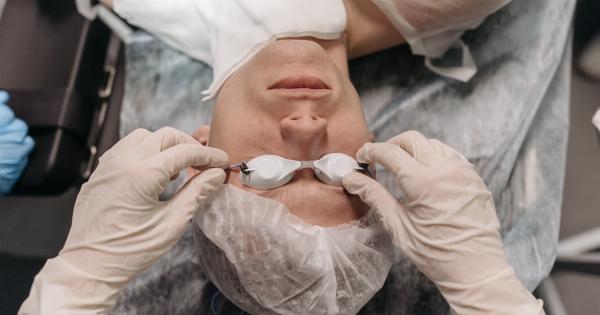Hip arthroplasty, commonly known as hip replacement surgery, is a surgical procedure that involves replacing a damaged or diseased hip joint with an artificial joint.
Over the years, several surgical techniques have been developed to improve the outcomes of hip arthroplasty, with the Superpath method being one of the latest and most advanced approaches.
Early Methods of Hip Arthroplasty
The history of hip arthroplasty dates back to the early 20th century when the first attempts were made to replace the entire hip joint.
These early methods involved removing the entire hip joint and replacing it with a prosthesis made of metal or other materials. However, these early procedures were often associated with high failure rates and limited longevity of the prosthetic joint.
With advancements in medical technology and surgical techniques, newer methods of hip arthroplasty were introduced in the mid-20th century.
These techniques focused on resurfacing the femoral head and replacing the acetabulum, the socket part of the hip joint. These methods improved the durability and longevity of the prosthetic joint, leading to better outcomes for patients.
The Superpath Method: An Evolution in Hip Arthroplasty
The Superpath method is a relatively new approach to hip arthroplasty that combines the advantages of previous techniques while addressing their limitations. Developed by Dr.
Jimmy Chow, the Superpath method aims to preserve the natural anatomy of the hip joint, minimize soft tissue damage, and promote rapid recovery.
Key Features of the Superpath Method
The Superpath method distinguishes itself from traditional hip arthroplasty techniques in several key ways:.
1. Preservation of Hip Anatomy
The Superpath method aims to preserve the natural anatomy of the hip joint by minimizing bone and soft tissue trauma. This approach helps maintain the stability and function of the hip joint, leading to better long-term outcomes for patients.
2. Minimally Invasive Technique
The Superpath method utilizes a minimally invasive surgical technique, which involves smaller incisions and reduced muscle dissection.
By minimizing trauma to the surrounding tissues, this approach can result in less pain, faster recovery, and a lower risk of complications.
3. Muscle Sparing Approach
Unlike traditional techniques that require cutting and reattaching muscles during surgery, the Superpath method employs a muscle-sparing approach. This technique allows for a quicker recovery, less post-operative pain, and improved muscle function.
4. No Restrictions on Hip Motion
With the Superpath method, patients experience no restrictions on hip motion following surgery. This means they can resume their regular activities, such as sitting cross-legged, squatting, or bending at the hip, without any limitations.
5. Rapid Recovery
Thanks to its minimally invasive nature and muscle-sparing approach, the Superpath method promotes rapid recovery.
Patients typically experience shorter hospital stays, reduced use of assistive devices, and a quicker return to their daily activities compared to traditional hip arthroplasty techniques.
Advantages and Disadvantages of the Superpath Method
The Superpath method offers several advantages over traditional hip arthroplasty techniques. These include:.
1. Improved Functionality
By preserving the natural anatomy of the hip joint and minimizing soft tissue damage, the Superpath method can result in improved hip functionality and range of motion.
2. Faster Recovery
Patients undergoing the Superpath method typically experience a faster recovery compared to traditional techniques. This means they can return to their daily activities sooner and achieve a better quality of life.
Conclusion
The Superpath method represents a significant evolution in hip arthroplasty, offering improved outcomes and faster recovery for patients.
By preserving hip anatomy, utilizing a minimally invasive approach, and sparing muscles, this technique has revolutionized the field of hip replacement surgery. With ongoing advancements in surgical techniques and technology, the future of hip arthroplasty looks promising, and the Superpath method is likely to remain at the forefront of innovation.

























